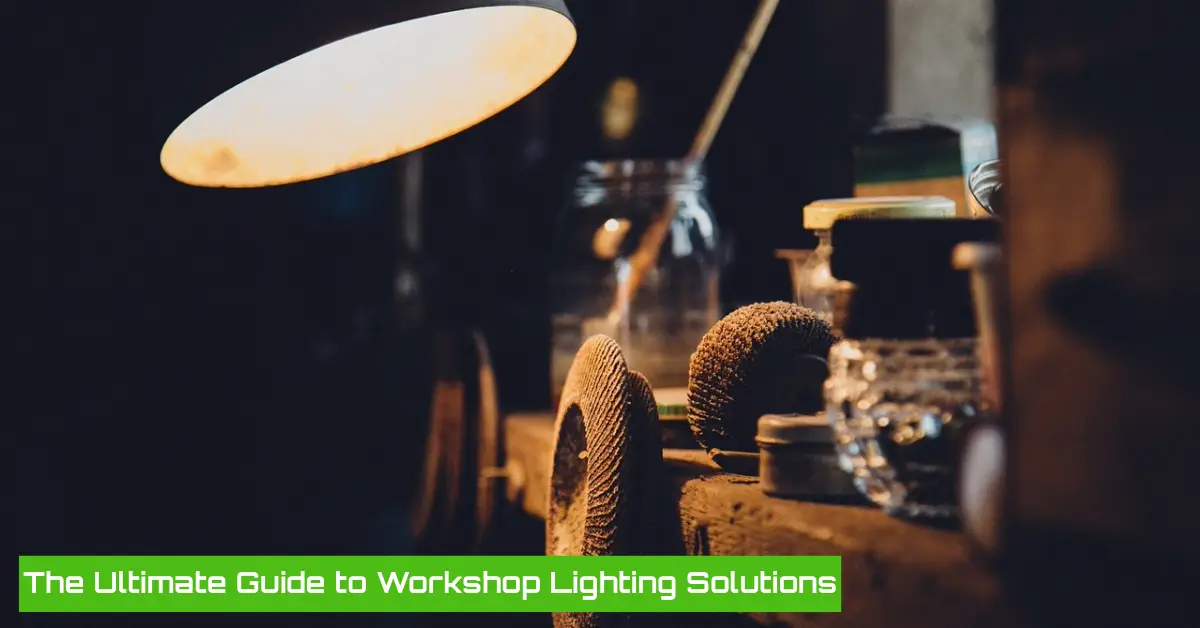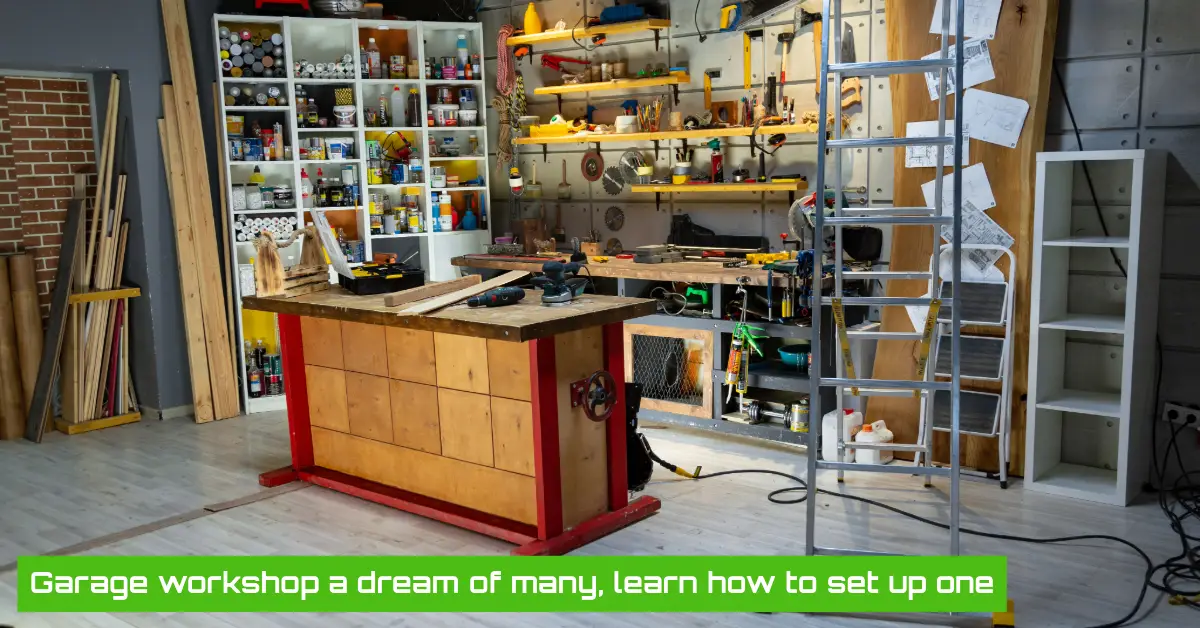
When it comes to a workshop, the right lighting isn’t just about aesthetics—it’s about safety, precision, and efficiency. Whether you’re working with power tools, assembling intricate models, or simply tinkering with a new project, how you light your workspace can make a significant difference in the outcome of your work. So, let’s shed some light on the best ways to illuminate your workshop.
Contents
Ambient Lighting: The Foundation
In a workshop, ambient lighting sets the overall brightness of the space. It’s your foundation—the base layer that makes everything else possible. Overhead fluorescent or LED fixtures are a popular choice for providing broad, even illumination across the entire workshop. These lights reduce shadows and ensure that you can move around the space safely without tripping over tools or materials.
LEDs, in particular, are a smart option due to their long lifespan, energy efficiency, and bright, clear light. Plus, they don’t generate much heat, which is crucial if you’re working in close quarters or during warmer months.
Task Lighting: Precision Matters
While ambient lighting is essential, it’s task lighting that ensures you can see the fine details. This is where work lights really shine—pun intended. Task lighting focuses on specific work areas, such as your workbench, drill press, or lathe, providing the bright, concentrated light needed for precision tasks.
For most workshops, adjustable LED work lights are the way to go. They can be mounted directly onto your workbench or overhead, or even clamped to a nearby surface. The key here is adjustability—you want to be able to direct the light exactly where you need it, without casting distracting shadows.
Consider also the type of bulb. LED work lights are typically preferred in workshops due to their durability, energy efficiency, and ability to provide a bright, white light that mimics daylight. This color temperature is ideal for maintaining focus and ensuring that you can see colors and details clearly.
Spotlighting: Focusing on the Details
Spotlighting can be incredibly useful in a workshop setting. Whether you’re carving wood, soldering electronics, or painting models, a focused spotlight can make all the difference. These lights are usually more intense and focused than standard task lighting, providing a beam of light that zeroes in on your specific task.
For example, a gooseneck LED lamp can be a great addition to your workbench, allowing you to bend and position the light exactly where you need it. This kind of targeted lighting helps reduce eye strain and ensures that you don’t miss a single detail.
Ergonomics and Light Placement
In a workshop, proper light placement is just as important as the type of light you choose. Poorly placed lighting can create harsh shadows or glare, leading to mistakes—or worse, accidents. Make sure your work lights are positioned to minimize shadows and provide even coverage of your workspace.
For example, if you’re right-handed, position your lights to the left so your hand doesn’t cast a shadow over your work. The same principle applies if you’re left-handed—place your lights on the right. Also, consider the height and angle of your lights. Adjustable arm lamps or ceiling-mounted lights with adjustable heads can be positioned to provide optimal lighting without getting in your way.
Safety First: Illuminate All Areas
Workshops are full of potential hazards—sharp tools, heavy equipment, and various materials that can be tripped over or bumped into. Proper lighting can help you avoid accidents by ensuring that all areas of your workshop are well-lit. This includes corners, storage areas, and paths between workstations.
Consider adding motion-sensor lights for areas you might not use as often but still need to access safely. These lights turn on automatically when you enter the area, ensuring you’re never left in the dark.
The Benefits of Dimming
In a workshop, the ability to adjust the brightness of your lights can be incredibly useful. Dimmable lights allow you to set the perfect level of brightness for different tasks. For detailed work, crank up the brightness. When you need a softer light for less intense tasks or to create a more relaxed atmosphere at the end of the day, dim the lights down.
Dimmable LED fixtures or lamps with adjustable brightness settings give you full control over your workshop lighting, making your space as versatile as possible.
Conclusion
Lighting your workshop effectively is all about creating a space that’s safe, efficient, and comfortable to work in. From choosing the right ambient lighting to adding focused task lights and ensuring proper placement, each element plays a crucial role in the overall functionality of your workshop. With the right setup, you can reduce eye strain, improve accuracy, and even enhance your overall enjoyment of the time spent in your workshop.
Remember, the best work lights for your workshop are those that meet your specific needs, so take the time to assess your space and make adjustments as necessary. Your projects—and your eyes—will thank you!





